Terms of planting radish and rules for caring for it in the open field
In early spring, when the preparation of the beds for most garden crops is still far away, experienced summer residents do not waste time. In between harvesting the site, they sow radishes. A root crop, planting and caring for which in the open field is extremely simple, ripens quickly, bringing the first vitamin harvest in 20-25 days. It can be grown all year round: until autumn - in the country, and with the onset of cold weather - in a greenhouse or even in an apartment on a windowsill.
Soil requirements
Radish is picky about the structure and degree of soil moisture. Large root crops of a perfectly even shape can be obtained on loose loams, which hold water well and contain a lot of humus. Suitable for growing crops and sandy loam soils. But you will have to water the beds equipped on them more often. Radish develops well on cultivated peatlands. And in areas with heavy clay, rocky or poor sandy soil, hopes for a rich harvest will not come true.
Planting radishes will be successful if you allocate the warmest and sunniest place for it in the garden. This is especially important for plants in spring, when it gets dark early. Lack of light will negatively affect the quality of the crop: small roots will ripen.
Radish beds are best done in the place where they grew last season:
- tomatoes;
- potatoes;
- cucumbers;
- legumes.
Correctly set aside for them the area between onions, garlic and dill. Then the planting does not have to be protected from pests. The smell of these plants will scare them away.
It is not worth the risk sowing radishes in the soil freed up after his relatives in the family:
- turnips;
- daikon;
- turnip;
- horseradish;
- radish;
- all types of cabbage.
The likelihood that here his seedlings will suffer from a cruciferous flea is very high.
Site preparation
To make the harvest happy, you need to plant radishes in well-fertilized soil. You can use mineral compounds or organic matter, but it must be rotted. When fresh manure is applied to the beds, the root crops are ugly, and their taste leaves much to be desired. It will be possible to plant a culture in this place without fear of unpleasant consequences only in a year.
The most important for radishes are nitrogen and potassium. There should be a lot of them in the soil, otherwise its leaves will acquire a pink-crimson color, and tails will form instead of fruits. It is better to prepare a plot for growing radishes in advance - six months before sowing. It is dug deeply and carefully leveled, breaking lumps. 1 bucket of compost or rotted manure is applied to 1 m² of the bed surface. From mineral fertilizers, it is better to use superphosphate (40 g) and potassium chloride (15 g).
Advice
Although radish is quite "gluttonous", you should not overdo it with the introduction of nutrients. With their excess in the soil, voids are formed inside the root crops, and they themselves become more vulnerable to rot.
It is recommended to plant radishes in neutral soil. If its acidity is increased, the plants can infect the keel. To secure the future harvest, professionals advise to increase the dosage of fertilizers - up to 1.5 buckets of compost per 1 m² of the garden.
When to plant radishes in open ground
They start sowing radishes, as soon as the soil warms up to a depth of 3-4 cm. In the southern regions, it can be carried out already in March. Summer residents, whose plots are located in the middle lane and to the north, will have to wait until April. Seeds give amicable shoots at a temperature of + 15˚C. If the threat of frost is still strong, the crop bed should be covered.
Planting dates also depend on the selected variety.Early maturing radish seeds are placed in the ground in early April. For early crop varieties, planting is optimal from late May to early June. Mid-season radishes are best planted in July, and late varieties - closer to autumn (in the last decade of August and the first - September). If you approach the choice of seeds correctly, you can enjoy the juicy root crops grown in the garden 4 times per season.
The beds for each sowing are made in a new place. For the second and third time, the cultivation of radish on the site is carried out through the seedlings. To obtain it, seeds of medium early varieties are sown 35 days before being placed on the beds:
- at the end of May, if you plan to harvest a second crop;
- at the end of June to give the roots a third ripeness.
For the fourth time, the radish is planted by seed in a greenhouse. In regions with warm autumn, it can be made of polycarbonate. In the north, the crop brings its last crop in heated greenhouses. Planting dates are due to the botanical characteristics of the plant. In conditions of long daylight hours (more than 13 hours), the radish begins to shoot. All the strength of the plant is spent on ripening the seeds, but it does not form root crops.
The easiest way to plant a radish is by spreading its seeds over the surface of the soil when the snow has melted from it, and sprinkling them with rotted compost on top. But it will be possible to carry out such a sowing only if the garden bed is prepared in the fall. Growing radishes in a greenhouse allows you to harvest much earlier - in early spring. The culture is cold-resistant: in protected ground, its seeds sprout already at + 4˚C. They are sown in an unheated polycarbonate greenhouse in the gardens of the middle lane from the end of February.
Seed treatment
Sowing radish seeds in open ground can be done without preparation. Some summer residents prefer to soak them before planting. If you keep them in a damp cloth or gauze for 1 to 4 days, they will rise more amicably and quickly. Growing radishes in a greenhouse involves the use of selected seed. In this case, it is best to calibrate. For it, you need a fine (mesh diameter - 2 mm) sieve. Small seeds are discarded, and the remaining seeds are planted. You can select material for sowing manually. The larger the seed, the more powerful the plant will turn out, which means that the root crop will be larger.
The next step is disinfection. Seeds selected for sowing are kept for 30 minutes in a strong solution of potassium permanganate. This measure improves their germination and prevents the development of fungal diseases. Another option is to dip the seeds in hot water for 20 minutes. This will protect the plants from dry rot. Heat treatment is carried out immediately before sowing.
The secrets of a professional radish planting lie in the marking of its seeds. After keeping them in a solution of iodine (1%) for 5 minutes, they are sprinkled with chalk or lime. White seeds are clearly visible on the ground, and it will be easier to evenly distribute them in the garden.
Advice
There is another way to plant radishes at the desired interval. The seeds are glued to a strip of toilet paper with paste. Then it is placed in the groove and sprinkled with soil.
Sowing scheme
Summer residents practice different methods of sowing radishes:
- ribbons;
- rows;
- stripes;
- in bulk.
Planting will be easier and the roots will be larger if you use a marker. It can be made from wooden blocks by drilling holes in them at the required distance and combining them into a rectangular structure. But there is also a less time-consuming way - to take ordinary egg trays from cardboard. Having prepared the bed, a marker is applied to its surface and pressed into the soil. 1 seed is placed in each well.
The optimal width of the beds for radishes is 1-1.5 m. 40-50 cm recede from the crops growing in the neighborhood. If radishes are sown in rows, 15 cm of free space is left between the furrows. In a greenhouse, this distance can be halved. An interval of 2-5 cm is observed between the seeds, depending on the variety.The planting depth is determined by the type of soil in the garden. The heavier the soil, the less radish is sprinkled. If the soil is clay, it is enough to cover the seeds with a 1.5-2 cm layer of soil. On sandy loam soils, they are buried by 2-2.5 cm. When growing crops in polycarbonate greenhouses, seeds are sprinkled with a thin (1 cm) layer of earth.
Finish planting radishes with abundant watering and mulching of the beds. Suitable for this:
- humus;
- peat;
- compost;
- paper.
Mulch will help preserve moisture in the soil, the lack of which leads to the death of seedlings. For the same purpose, crops are placed under a dark film. It is harvested immediately after the first shoots appear.
Features of autumn and winter planting
Planting radishes before winter differs from spring-summer crops. The secrets of its success are in the use of non-germinated seeds and their slight burial in the ground. Placing them in small (about 1 cm) furrows, and sprinkling them with earth, the beds are mulched with peat or humus. The thickness of their layer should be 2-3 cm. When sowing in autumn, plantings are not watered. If they start to grow, hopes for an early harvest will have to be abandoned.
It is important to choose the right site. It must meet several requirements:
- be flat or slightly inclined south or southeast;
- have light soil containing a lot of sand;
- do not flood in the spring.
The seed furrows are prepared towards the end of October. The seeds are placed in them when the frost begins. Usually this is the second or third week of November.
You can plant radishes in the garden in winter. Then the seedlings will appear early, and the harvest will ripen 2 weeks faster than with the April sowing. Furrows for winter planting must be cut in advance (in October). They should be deep - 4-5 cm. Before sowing, they are freed from snow and seeds are placed in them, which are covered with a 2-cm layer of peat or compost on top.
After landing
Radish springs up, the cultivation of which is one of the easiest activities for any gardener, quickly - in 3-4 days. When the first shoots appear from the soil, the crops are fed with compounds with a high potassium content. They are bred according to the manufacturer's instructions.
Further care of crops consists of standard activities:
- watering;
- loosening;
- thinning;
- dressing.
Radish needs a lot of water, especially at the first stages of seedling development and at the stage of filling root crops. Therefore, you cannot do without frequent watering. Before emergence, plantings are moistened daily. In dry weather, such care is carried out every other day, and in the heat, you can water the beds with radishes in the morning and in the evening. The soil must be constantly moist, otherwise the taste of root crops will deteriorate, they will become bitter and sluggish. Their sizes will also decrease. In combination with the high temperature, the lack of water provokes the blooming of the radish. It is important that the soil is moistened evenly, otherwise the roots will crack.
If fertilizers were not applied during the preparation of the beds or there were few of them and the plants began to wither, watering is combined with top dressing. For her, ammonium nitrate is used. After each moistening, the soil in the radish beds is loosened. They also monitor the cleanliness of the plantings, removing weeds in a timely manner.
Too frequent shoots will have to thin out. The procedure is carried out on the 5th day after their appearance, leaving the most powerful plants in the beds. For normal ripening of root crops, seedlings should be located at a distance of 5 cm from each other. If during planting markers (egg trays) or paper with seeds glued at the required interval were used, care in the form of thinning is not required. Professionals prefer to do without it, because when pulling the roots of the plants remaining in the garden bed, they can be injured.
Radish is a longtime favorite of summer residents. It is unpretentious, early ripening, healthy and tasty. While the rest of the garden crops are still at the seedling stage, his succulent roots already provide seven of the first spring vitamins.Plus culture is that planting and caring for it is within the power of even a child.
The correct choice of variety, adherence to the sowing time and minimal attention to the beds are all that is needed for the successful cultivation of radishes. There is a place for him on any, even the smallest area. Experienced gardeners sow it between other crops: potatoes, cabbage, carrots, young strawberries. When they grow, the succulent roots will have been harvested.
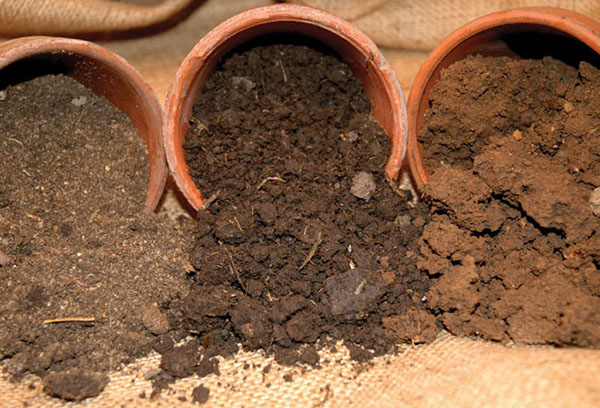



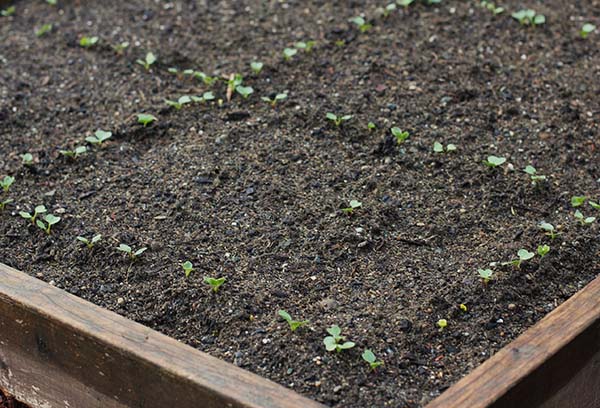
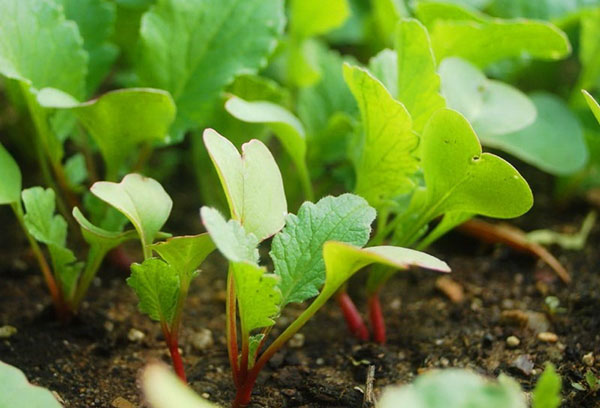
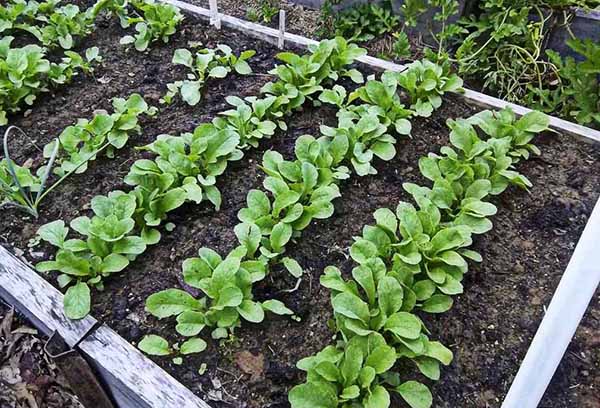
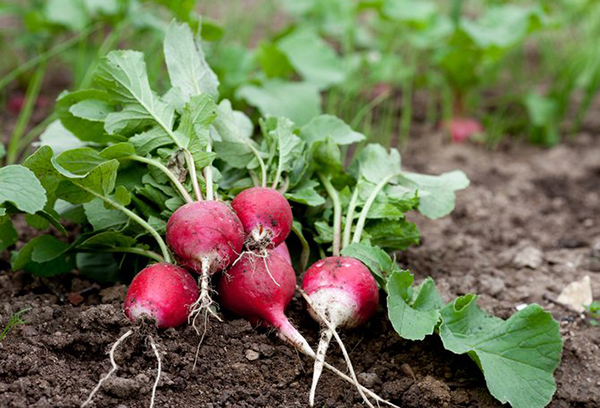

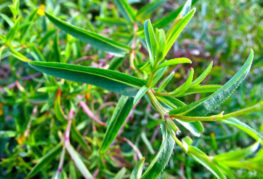
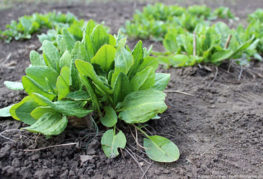
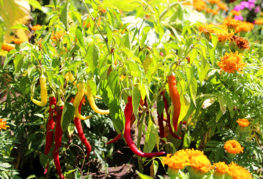
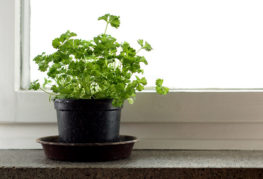
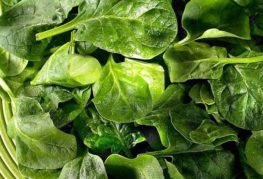
and will be published shortly.